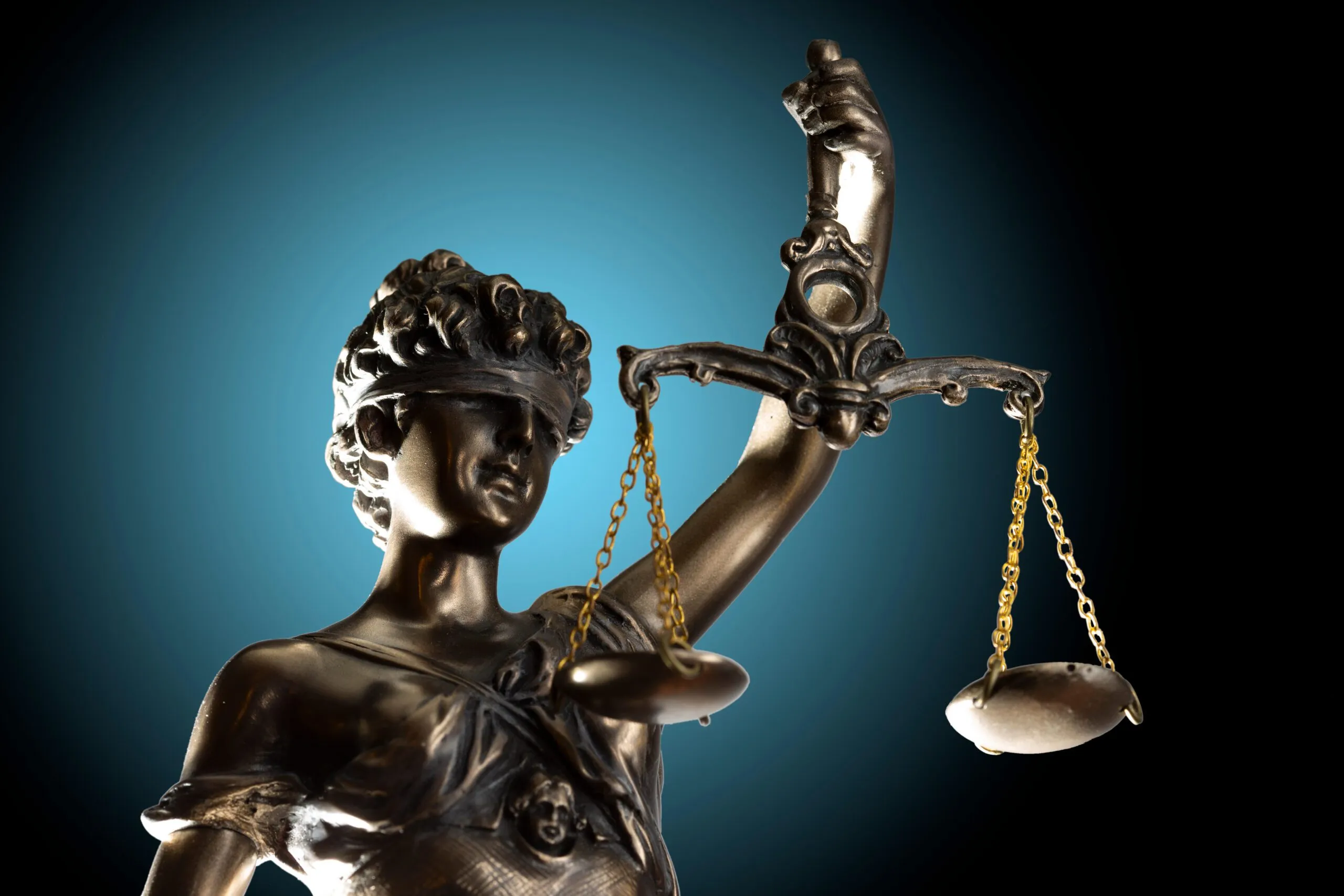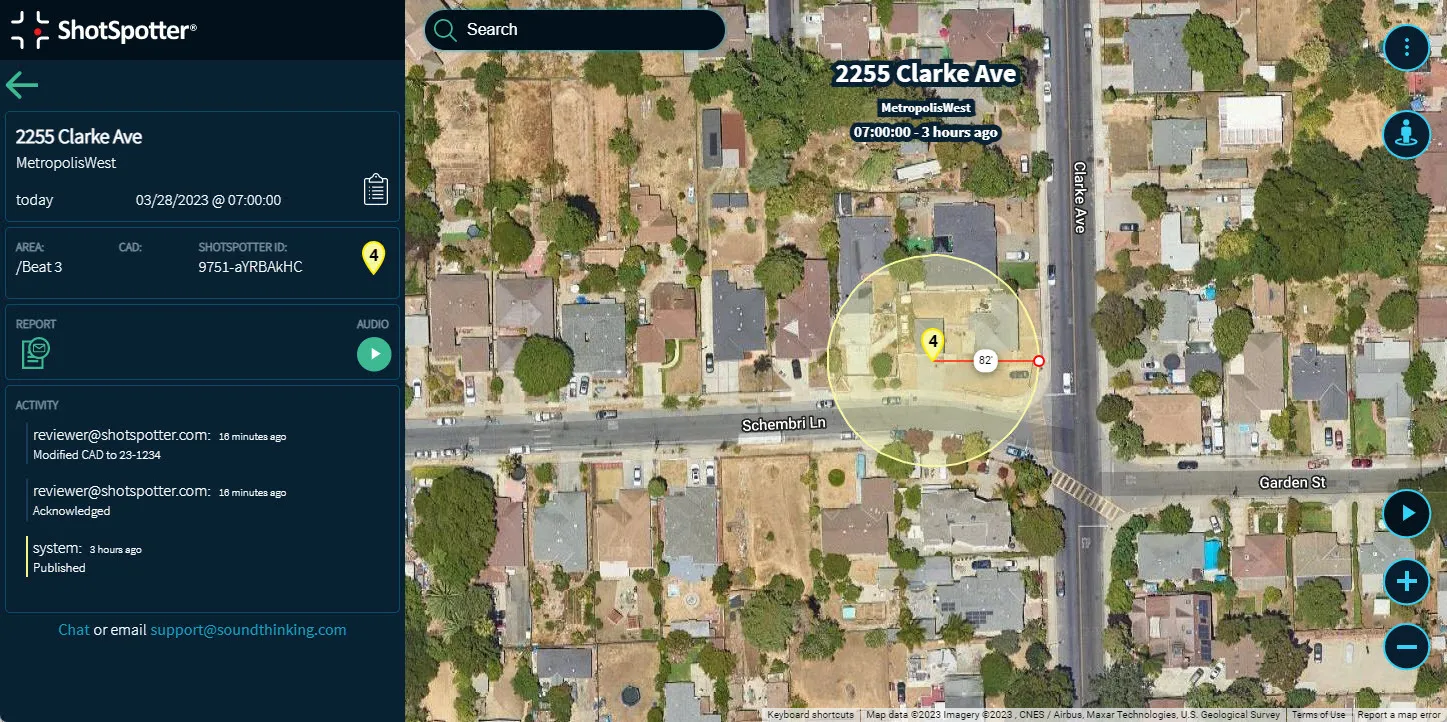In April 2022, Campaign Zero launched their #CancelShotSpotter campaign, raising a series of allegations against ShotSpotter. These claims, however, are fraught with misleading and inaccurate information.
Who wouldn’t want police rapidly alerted to shootings? ShotSpotter has the potential to save lives, address gun violence, improve policing, and make communities safer.
While reasonable people can disagree, many of the claims made by these critics are based on misunderstandings or are intentionally misleading. This article aims to clarify these misconceptions and present the facts.
Impact on Gun Violence
Claim: ShotSpotter does not reduce gun violence.
- Gunshot detection technology singularly cannot prevent gun violence. No single tool can.
- Gunshot detection technology can help address the chronic underreporting of gunfire incidents, as 80-90% of criminal gunfire goes unreported through the traditional 911 system.
- ShotSpotter fills that gap by alerting police to criminal gunfire in less than 60 seconds. This means that police can save lives and collect more evidence. Gunfire incident data can also be used to inform intervention strategies and build community trust.
- In fact, ShotSpotter has led police to hundreds of gunshot-wound victims with no corresponding 9-1-1 call, enabling them to bring care to victims who may otherwise not receive the aid they need, resulting in hundreds of lives saved in Oakland, Chicago, Albuquerque, Pittsburgh, and more than 160 cities across the country where ShotSpotter is deployed.
Claim: Addressing gun violence means choosing between ShotSpotter and violence prevention programming.
- Addressing gun violence does not mean choosing between technology and violence prevention. Cities need ShotSpotter to promptly respond to gunfire incidents and aid victims, while investment in violence interruption is also recommended.
- SoundThinking’s Data for Good Program assists law enforcement in identifying organizations to receive gunfire data and analytics, pinpointing areas requiring immediate support and resources to address core issues driving crime.
- Community organizations utilizing such data include Miami-Dade’s Walking One Stop, Mobile’s Operation Echo Stop, and Baltimore’s Office of Neighborhood Safety.
Accuracy and False Alerts
Claim: ShotSpotter techs often mistake loud noises for gunshots.
- ShotSpotter uses sophisticated technology and science to filter out non-gunfire sounds, ensuring only gunfire alerts are published to customers. It has a 97% accuracy rate across all police department customers nationwide as independently verified by Edgeworth Analytics.
- This high rate of precision is why over 160 cities rely on the ShotSpotter technology to detect and alert law enforcement to instances of gunfire.
Claim: ShotSpotter has never published results from validation testing.
- SoundThinking relies on customers to ultimately determine the value of and satisfaction with ShotSpotter’s performance.
- The ShotSpotter technology has a 97% accuracy rate for detections across all police department customers nationwide. This statistic has been independently verified by data analytics firm Edgeworth Analytics.
- ShotSpotter also has a 99% customer retention rate, indicating that the system works very well.
Claim: SoundThinking is not contractually liable for false alerts.
- Absolutely false. Contractually, agreements with clients for ShotSpotter guarantee 90% accuracy calculated as the sum of false positives and negatives divided by the total alerts. This motivates police departments to report inaccuracies, as failing to meet the 90% accuracy figure reduces customer fees.
Evidence Collection and Court Use
Claim: ShotSpotter cannot be relied on for evidence and is rarely used in court.
- ShotSpotter forensic data has been used as evidence in over 300 court cases in 25 states and has prevailed in dozens of Frye and Daubert challenges.
- For example, just last year, a federal judge in Mobile, Alabama sided with prosecutors in a 2023 case involving the use of ShotSpotter technology, upholding the arrest of a convicted felon in possession of a firearm.
Claim: Data shows that police do not find evidence on 80-99% of ShotSpotter alerts.
- It has been shown that ShotSpotter improves evidence collection by responding officers to shooting incidents.
- According to the Urban Institute, police departments using ShotSpotter have a rate of finding shell casings that is up to three times higher due to the precise location provided by ShotSpotter alerts. Shell casings are critical evidence in an investigation that can be used to identify the gun that was fired, and ultimately identify and prosecute a suspect.
Police-Community Relations
Claim: ShotSpotter leads to more police encounters with civilians, sometimes resulting in fatal outcomes.
- There is no evidence to support this claim.
- ShotSpotter provides intelligence that allows police to coordinate safe, efficient, and equitable responses that require fewer resources in a way that builds community trust.
- When ShotSpotter alerts police to gunfire, officers are given more information and context about the incident than they would have without ShotSpotter. This information allows for a safer and more equitable response.
- A ShotSpotter alert allows police to respond to and investigate a gunfire incident in a precise geographical area, compared to a 911 call, which often results in officers randomly patrolling neighborhoods in search of victims and evidence.
Claim: ShotSpotter causes disproportionate harm to Black and Brown communities.
- Race and/or demographics are not considered when deploying ShotSpotter’s system. ShotSpotter deployments are based on objective historical crime data, with some influence of elected officials who want to protect their communities.
- All residents who live in communities experiencing persistent gunfire deserve a rapid police response, which gunshot detection enables regardless of race or geographic location.
Conclusion
The biggest problem with the campaign to cancel ShotSpotter is that it will cost lives in communities hit hardest by gun violence. The facts show that ShotSpotter has enabled police to locate hundreds of gunshot victims in cases where no one called 911. Critics perpetuate a false choice between using ShotSpotter and protecting civil liberties, funding community resources, or ensuring adequate police staffing. This is simply not true. Creating public safety is not an either/or proposition. ShotSpotter is a crucial tool, most effective when used alongside other strategies to make communities safer. Every tool that saves lives and enhances safety matters.
Access the Full Report
We invite you to read the full document for a comprehensive understanding of all the claims made by Campaign Zero and our detailed responses.




